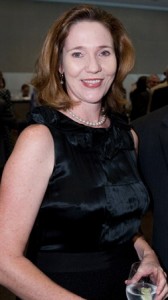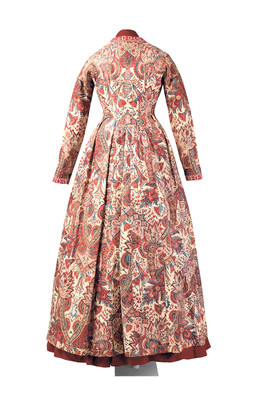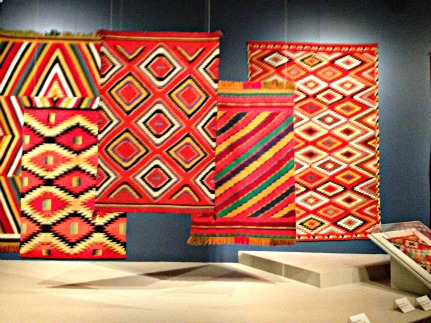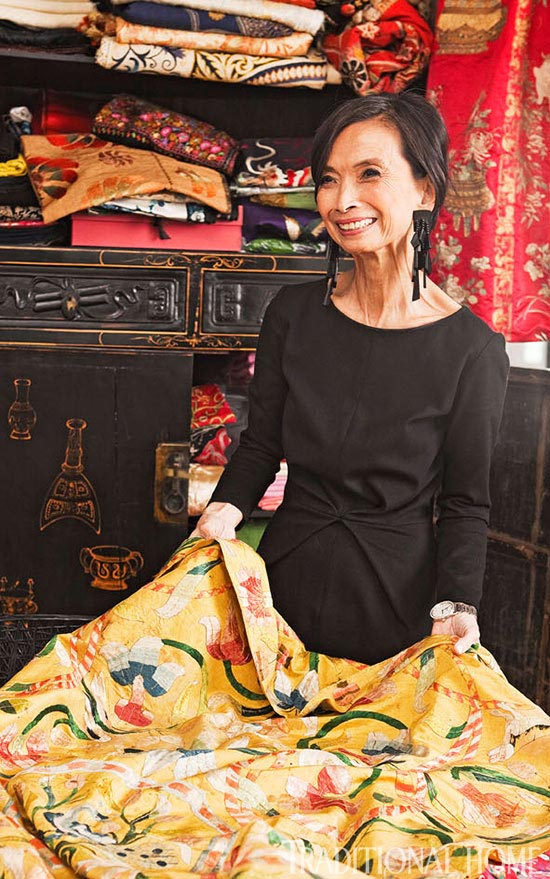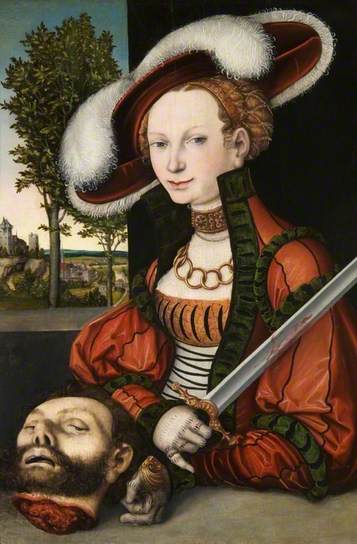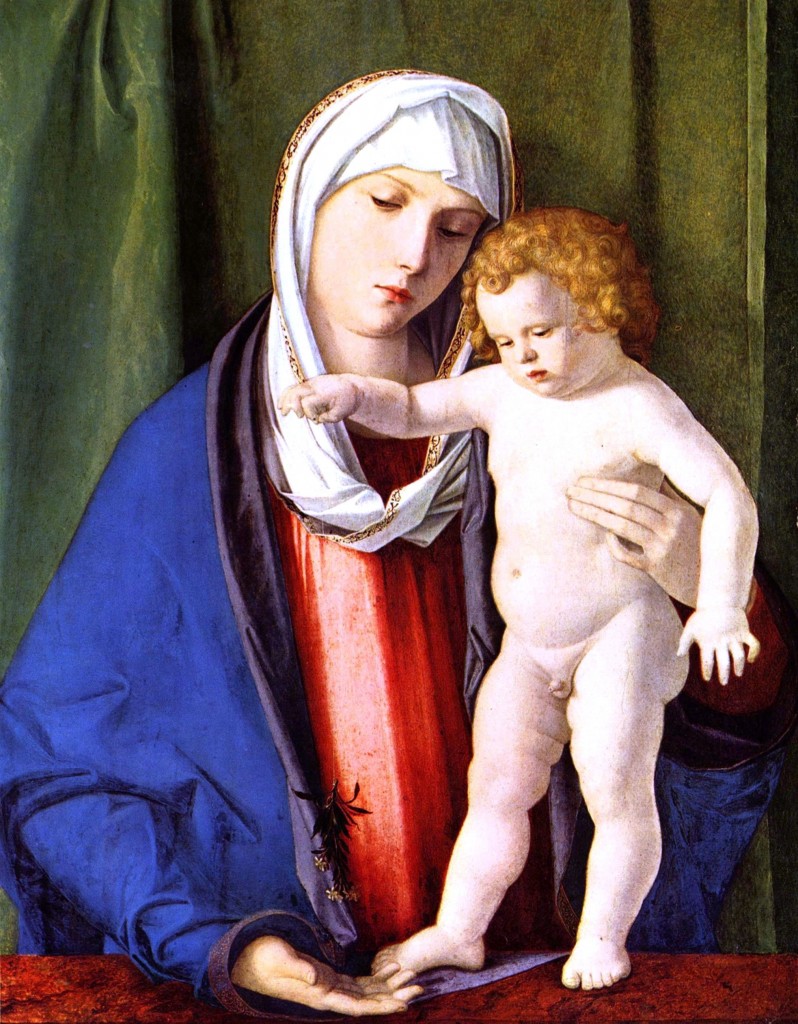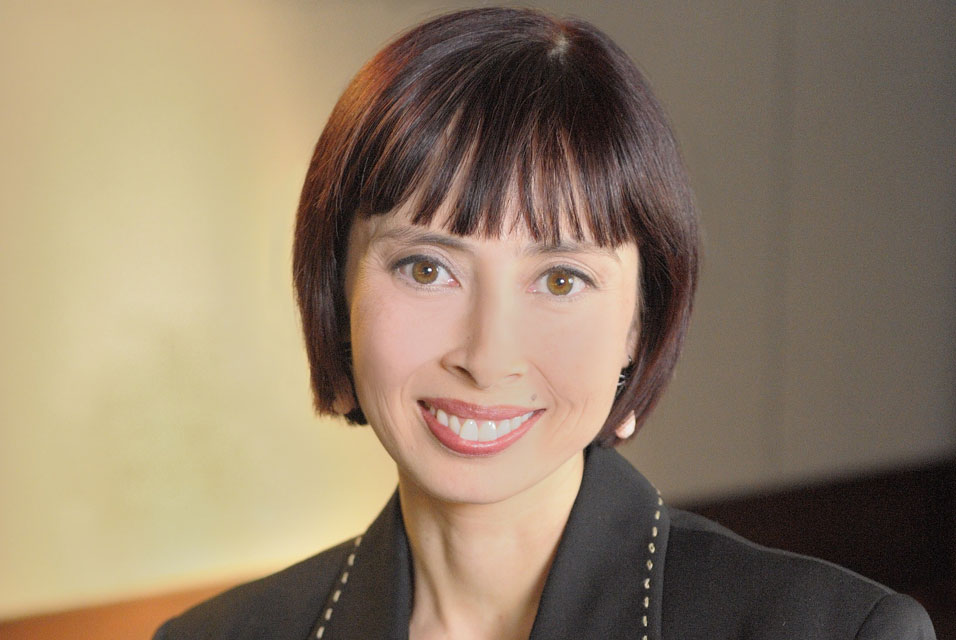When I last wrote here about the Indianapolis Museum of Art, it was looking quite troubled. That was March. Now it’s worse; IMA seems to be hemorrhaging people.
Hyperallergic, reporting more departures in the contemporary art department, got this quote from Sarah Green, the Curator of Contemporary Art, who just quit: “I don’t believe in [Director Charles] Venable’s mission for the IMA, and our visions don’t align.”
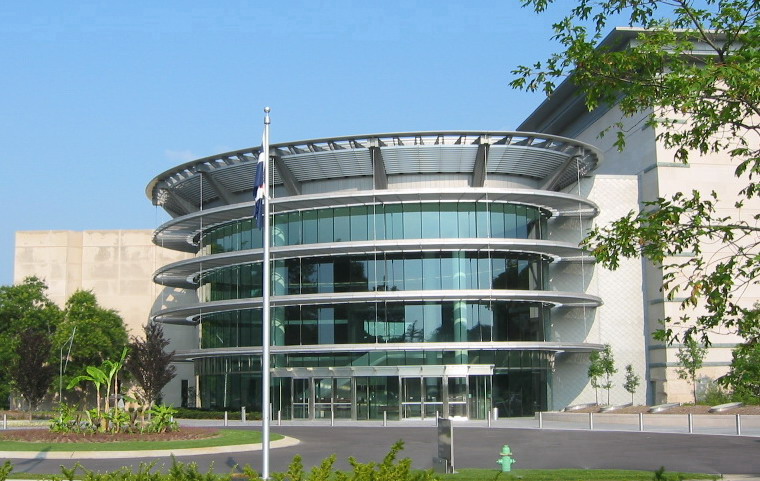 It would be one thing if Green were the only one departing for that reason, but Hyperallergic reports, the reason for most if not all of the departures appears to be the same as Green’s:
It would be one thing if Green were the only one departing for that reason, but Hyperallergic reports, the reason for most if not all of the departures appears to be the same as Green’s:
Richard McCoy, a former Conservator of Objects & Variable Art laid off this summer, told me over the phone, “Of the people I know that have left since the cuts, they left because they disagreed with the direction Venable is taking the museum.†This sentiment was echoed on condition of anonymity by several current and prior employees; the staff is voting on Venable with their feet.
Granted, at least one person left for a better job — Lisa Freiman, who was senior curator and chair of the Department of Contemporary Art at Indy, recently took the post of inaugural director of the VCU Institute for Contemporary Art, for example. I suspect she would have taken that job no matter who was IMA’s director.
But without her and Green, Hyperallergic said, “As of next week the only person left in the contemporary department will be Gabriele HaBarad, the Senior Administrative Coordinator.” And it noted that:
Sarah Green brought in her own top-notch exhibitions from the likes of Andy Warhol and Ai Weiwei. Green also helped curate the Efroymson Family Entrance Pavilion, where she exhibited large-scale installations by artists like Spencer Finch and William Lamson.
Green, too, is leaving for a good venture, if not as planned. She will be “curator and host of a new video series [in PBS] called The Art Assignment, which will premiere in 2014. Each episode will focus on an emerging to established contemporary artist from the US working through a single assignment, from start to finish.” She’ll be working with her husband, John Green. That a look at that link, on the title, to see what she’s doing, really. To me, it’s less interesting than I had hoped — but we’ll see. It depends on the execution.
In fairness, Venable has been hiring staff too, and they may be more than up to the job; they may even be better than those leaving. There’s a new European paintings curator and a new CFO, for a start. Other news — all good, of course — is posted on the press release page of IMA’s website.
Probably what Indy needs right now is some stability. Although I admired some things Venable did in his previous job, I have to withhold judgment now, for the time being.

